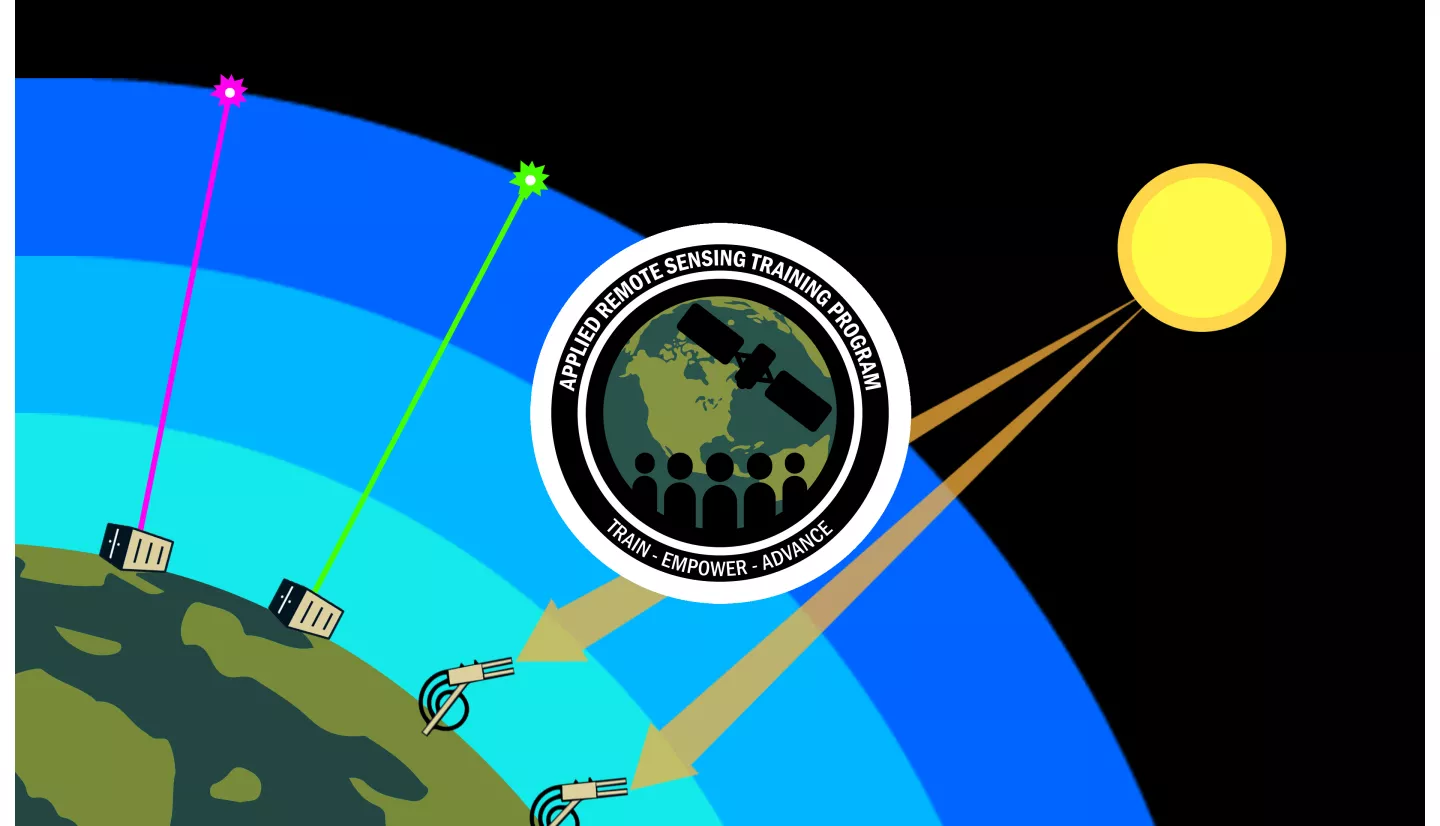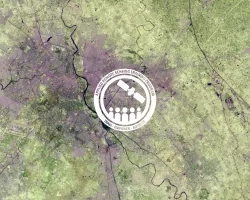Description
In this five-part, online, intermediate-level training, multiple NASA networks will participate and provide training on their atmospheric composition ground networks. These networks provide data relevant to aerosol and trace gas column concentrations and vertical structure, supporting applications in air quality and climate. Surface networks from NASA and other international contributions form the backbone of long-term atmospheric composition observations globally and provide continuity and validation across typically shorter satellite mission lifetimes. This online training will provide a basic understanding of aerosol and trace gas measurements using both active and passive techniques for ground based remote sensing. It will also teach users how to select, access, and incorporate relevant data from these ground networks into their work. Finally, it will demonstrate an application comparing ground-based and satellite remote sensing products. The training will include lectures, hands-on exercises, and a homework assignment.
[Optional]: To follow along with the demonstrations for this training, please review optional prerequisites listed under each training part below. Please also register for an Earthdata account (https://urs.earthdata.nasa.gov/).
By the end of this training attendees will be able to:
- Identify the basic characteristics, capabilities, and limitations of the NASA instruments used for ground-based active and passive remote sensing of aerosols, ozone, and NO2.
- Recognize how the ground networks presented in the training sustain global long-term observations, support air quality and climate applications, and complement satellite observations.
- Access relevant atmospheric composition data from appropriate NASA ground networks for given locations and application purposes.
- Compare and jointly analyze specific ground-based atmospheric composition data products with relevant satellite remote sensing data (e.g., satellite aerosol data products) for a given location and time.
- Primary Target Audience: Air Quality or Climate Application & Research Scientists, Researchers at Environmental Agencies
- Secondary Target Audience: Students and Early Career Scientists
- Other Potential Participants: Non-Profit Organizations, Satellite Community Researchers
- Five, 90-minute sessions (45-60 minutes of material, plus 30 minutes Q&A)
- 11:00-12:30 EDT (UTC-4)
ARSET Trainers: Carl Malings
Guest Instructors: Pawan Gupta
Objectives:
- Identify the basic characteristics of the AERONET instruments used by NASA for ground-based passive remote sensing of aerosols.
- Recognize how the AERONET network sustains global long-term observations, supports air quality and climate applications, and complements satellite observations.
Materials:
ARSET Trainers: Carl Malings
Guest Instructors: Pawan Gupta, Petar Grigorov
Objectives:
- Access relevant AERONET data for given locations and application purposes.
- Compare and jointly analyze AERONET and satellite aerosol data products for a given location and time.
Optional: To follow along with the demonstration, please create a Google account to login to Google Colab (https://colab.research.google.com).
Materials:
ARSET Trainers: Carl Malings
Guest Instructors: Tom Hanisco, Apoorva Pandey, Bryan Place
Objectives:
- Identify the basic characteristics of the Pandora instruments used by NASA for ground-based passive remote sensing of trace gases.
- Recognize how the Pandonia Global Network sustains global long-term observations, supports air quality and climate applications, and complements satellite observations.
- Access relevant Pandora and Pandonia Global Network data for a given location and application purpose.
Materials:
ARSET Trainers: Melanie Follette-Cook
Guest Instructors: John Sullivan
Objectives:
- Identify the basic characteristics of the TOLNet instruments used by NASA for ground-based active remote sensing of tropospheric ozone.
- Recognize how TOLNet supports air quality and climate applications and complements satellite observations.
- Access relevant TOLNet data for a given location and application purpose.
Materials:
ARSET Trainers: Melanie Follette-Cook
Guest Instructors: Judd Welton
Objectives:
- Identify the basic characteristics of the MPLNET instruments used by NASA for ground-based active remote sensing of aerosols, clouds, and the planetary boundary layer.
- Recognize how MPLNET sustains global long-term observations, supports air quality and climate applications, and complements satellite observations.
- Access relevant MPLNET data for a given location and application purpose.
Materials:



